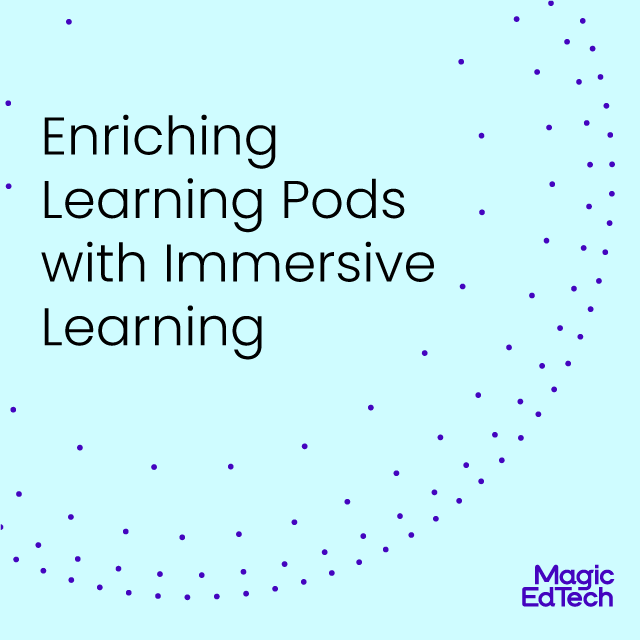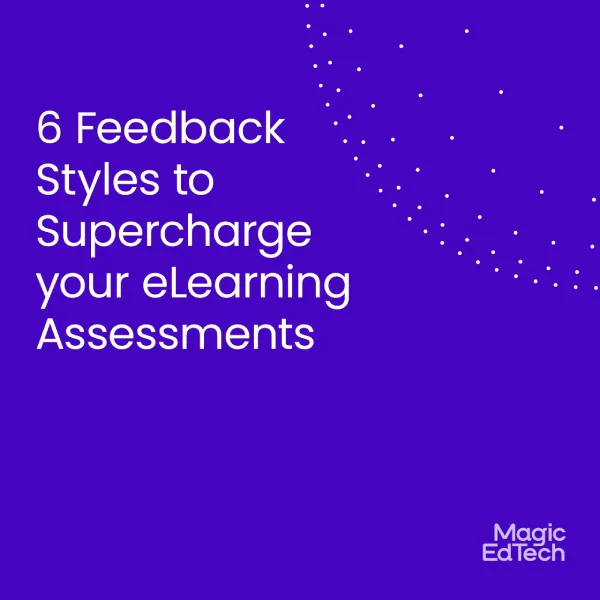Better EdTech Product Integrations
- 22 April, 2022
- Reading Time: 3 minutes
What is learning product integration and why is it important?
The COVID-19 pandemic forced schools to make the sudden transition from the traditional classroom to online learning before they were ready.
Educators relied on edtech tools to instruct in the virtual environment. It became evident that classroom technology is only useful if it helps to create a positive learning atmosphere.
Implementation of new technology for learning
Implementing new technology in schools can be disruptive and inefficient if an application doesn’t support the school’s workflow, which is why schools usually purchase self-contained software that doesn’t integrate with other systems.
Teachers and students, on the other hand, have to manage a variety of software programs, including learning management systems (LMS), student information systems (SIS), and videoconferencing technologies.
Operating fragmented systems cuts into already limited classroom time, making it difficult for teachers and students to learn effectively in the classroom. As a result of COVID-19, teachers and students faced burnout when it came to adopting and utilizing multiple software systems daily because of the steep learning curve.
The need for an integrated learning ecosystem
To establish a productive learning environment, schools require a centralized system to streamline their information systems and technology. The solution to this is better edtech integration. An emphasis on the importance of edtech integration will improve student performance and the educational system as a whole.
The integration of learning products combines the various software applications and services into a single, unified architecture. Typically, edtech products are built independently of one another and meant to stand alone; however, connecting all of the different systems allows for enhanced functionality and performance.
Many of these products and services are better leveraged when they are used together and complement each other. Product design and engineering can help educators define, develop, and produce world-class products, processes, and services.
Integrations simply assist in refining those efforts and work in add-ons, as the technology and learner requirements evolve. With all of that in mind, let’s take a look at some of the most common integrations used in learning technology.
Examples of integrations that can be embedded into learning products:
1. Single Sign-On
Nobody enjoys having to remember several usernames and passwords and constantly logging in. Single Sign-On (SSO) allows users to access external software systems without having to remember multiple login credentials.
With SSO integration, users simply need one account and ID to access all of your systems. A user can use the same login credentials to log into separate websites, making initial signup and ongoing access simple for both teachers and students.
2. Video Conferencing
Video conferencing is an integral component of remote learning for students at all levels. Without integration between the web conferencing platform and the LMS, instructors have to set up a meeting, copy the meeting link, and send it to their class through the LMS.
Once the meeting is over, they’d export the link to the recording and upload it to the LMS. Integrating your LMS with a web conferencing service means that instructors can now schedule a session from their course page and all the students can have access to it without needing an invitation.
Students can access the recording via a secure link within the LMS once the meeting is finished. This allows instructors to save time and connect easily with their students online without having to worry about the logistics of the meeting.
3. Automatic Grade Synchronization
Teachers hate it when they have to enter grades twice. Automatic grade synchronization is one of the most time-saving aspects of integration. For example, suppose a teacher uses your app to assign an exam to students on the LMS.
Students can use their LMS credentials to log into the app and take the quiz. Your app can automatically grade the quiz and submit the results back to the grade book after it’s finished. Teachers must manually enter grades back into their grade book if grade synchronization is not available which is both time-consuming and error-prone.
In conclusion:
The events of the pandemic showed the education industry that more can be done to create a supportive learning environment. However, learning product integrations has numerous advantages.
Using integration to provide a single unified platform will improve education outcomes in terms of student performance and teacher productivity. Instructors will have more time to focus on teaching, and students will have more time to focus on learning.
Teachers and students will be the ultimate beneficiaries of the product synergy achieved through the integration of technologies.




